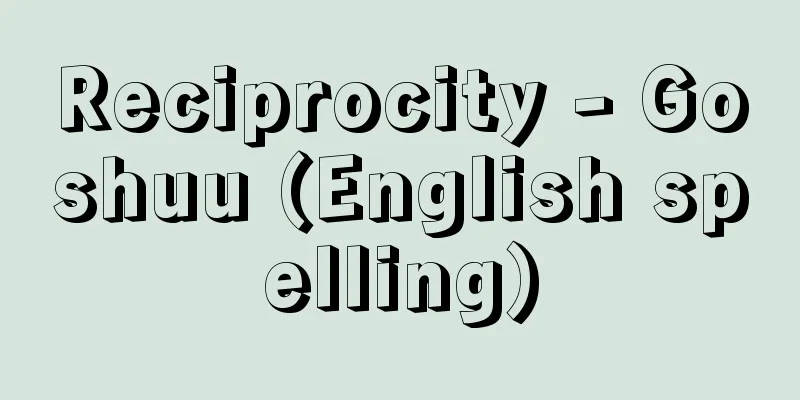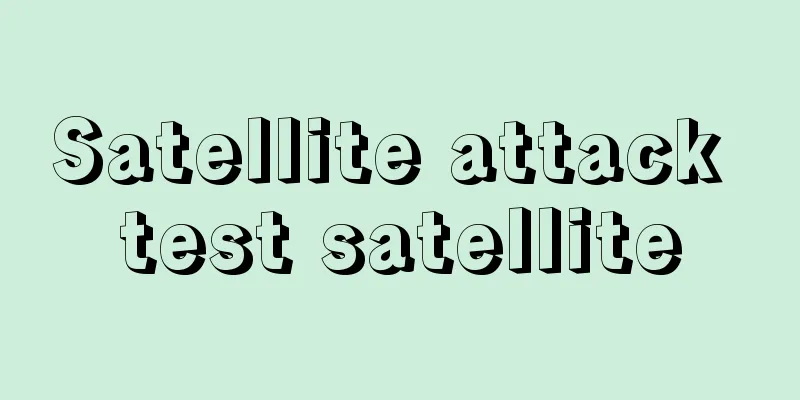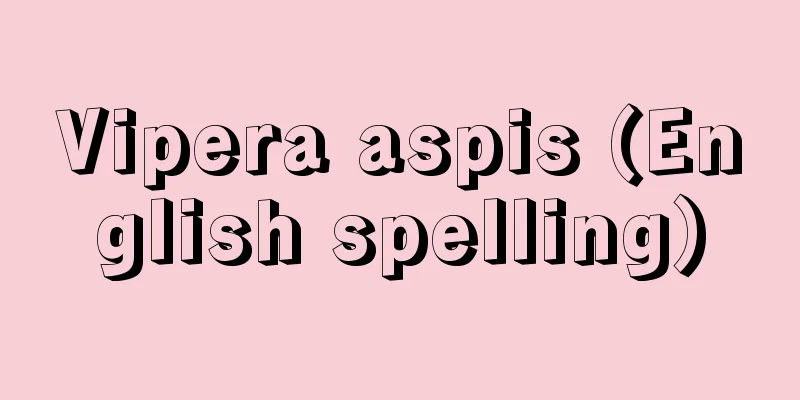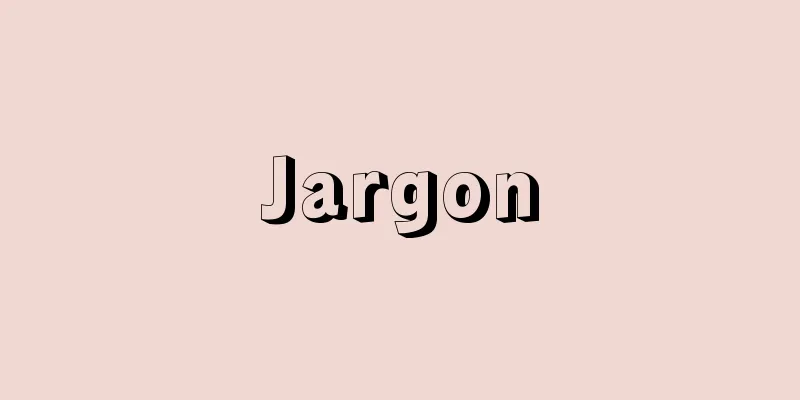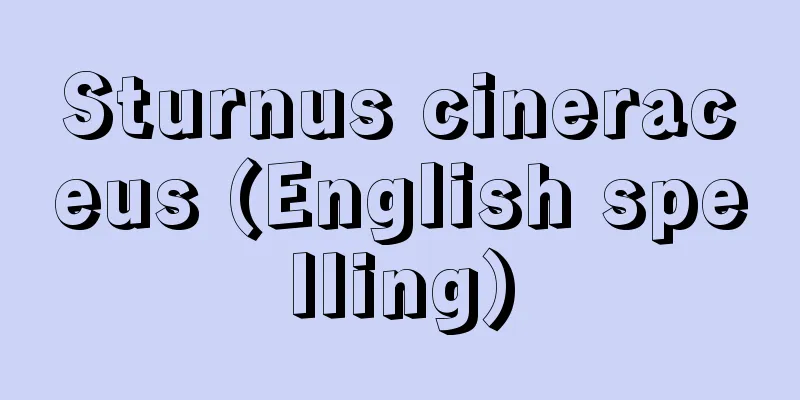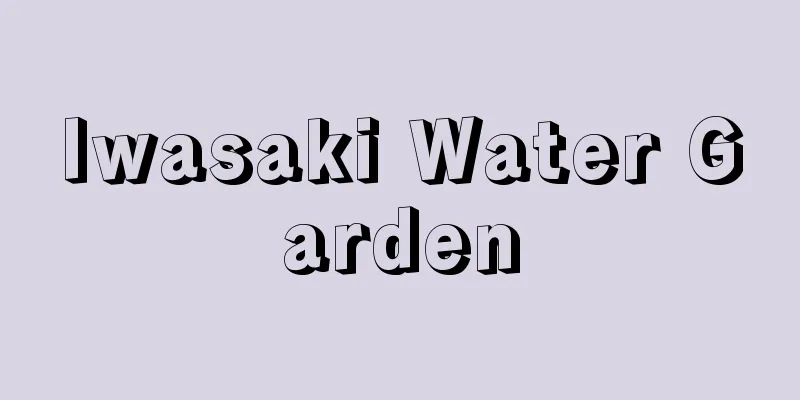Ion - Ion (English spelling) ion
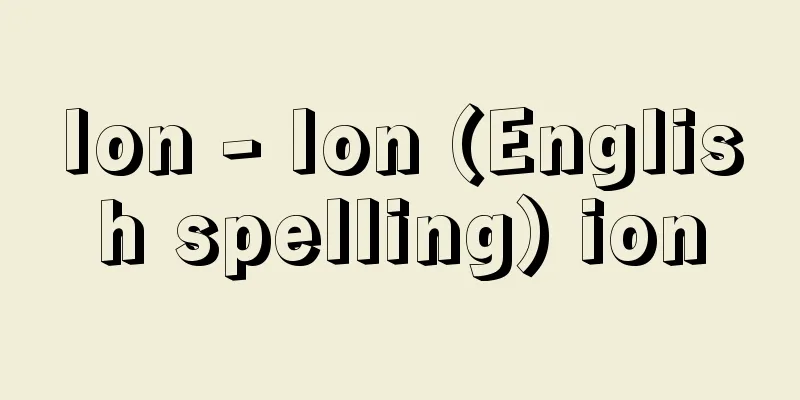
|
An atom or molecule that has an electric charge. It is produced when an electrically neutral atom or molecule loses or gains one or more electrons. A positively charged ion or cation is one that loses an electron and gains a negative charge, and an anion is one that gains an electron and gains a negative charge. The process of becoming an ion through the exchange of electrons is called ionization or ionization. The amount of electricity an ion has is equal to an integer multiple of the charge of a single charged particle such as an electron or proton, and this multiple or its absolute value is called the ionic valence or valence. To represent an ion, the ionic valence (omitted if it is 1) and a positive or negative sign are added to the right of the chemical formula of the corresponding neutral atom or molecule, and it is written as Li^+, F^-, etc. The energy required to form a cation is called the ionization energy, and the energy released when a negative ion is formed is called the electron affinity. Atoms that do not have closed electron shells tend to stabilize by compensating for the excess or deficiency of electrons and becoming in a closed shell state. Therefore, alkali metals in Group 1 of the periodic table, which have one electron in their outermost shell, tend to become monovalent, and halogens in Group 17 tend to become negative monovalent. For example, salt crystals are made up of sodium ions and chloride ions. When an electrolyte such as sodium chloride is dissolved in a solvent, positive and negative ions are generated by ionization, making the electrolyte electrically conductive. The ions thus generated often interact with the solvent molecules to form what are called solvated ions. (Professor Teijiro Ichimura, Tokyo Institute of Technology / 2007) Source : "Chiezo" published by Asahi Shimbun Publications Co., Ltd. About Chiezo |
|
電荷を持つ原子、または分子。電気的に中性の状態の原子や分子が、1個または複数の電子を失うか取り込んで生じる。電子を失って正電荷を帯びたものを陽イオンまたはカチオン、取り込んで負電荷を帯びたものを陰イオンまたはアニオン、電子の授受を経てイオンになることをイオン化または電離という。イオンの持つ電気量は、電子、陽子などの荷電素粒子1個の持つ電荷の整数倍に等しく、この倍数あるいはその絶対値をイオン価、または価数と呼ぶ。イオンを表すには、対応する中性原子や分子の化学式の右肩にイオン価(1の場合省略)と正負の符号を付け、Li^+、F^-などと書く。陽イオンの形成に必要なエネルギーをイオン化エネルギー、陰イオンの形成の際に放出されるエネルギーを電子親和力という。電子殻が閉殻になっていない原子では、電子の過不足分を補って閉殻の状態となって安定化する傾向がある。そのため、最外殻に1個の電子を持つ周期表の1族のアルカリ金属は1価、17族のハロゲンはマイナス1価になりやすい。例えば、食塩の結晶はナトリウムイオンと塩化物イオンからできている。溶媒に塩化ナトリウムなどの電解質を溶かすと、電離により正と負のイオンを生じて電気伝導性を持つようになり、生じたイオンは溶媒分子と相互作用をして溶媒和イオンと呼ばれる状態になることが多い。
(市村禎二郎 東京工業大学教授 / 2007年) 出典 (株)朝日新聞出版発行「知恵蔵」知恵蔵について 情報 |
Recommend
Young Men's Christian Association - Christ Kyosei Nenkai
(Translation of Young Men's Christian Associat...
The Great Mogul Era
The Bunka-Bunsei period, also known as the Kasei p...
Allmende (English spelling) [Germany]
A common land, which developed typically in the Eu...
Shimazu Hisamitsu
Year of death: December 6, 1887 Year of birth: Bun...
laïki mousikí (English notation) laikimousiki
...Today's traditional Greek music is charact...
Adamson, R.
…But this also led to the creation of more dignif...
"Etsuzochishin" - Etsuzochishin
…Influenced by Hanzan’s Zen and Yunqi’s Pure Land...
Late type star - Bankigatasei
Also known as a low-temperature star. A general te...
Book of Masks
…His sensual critiques and essays, written with a...
Asahikawa City Former Aborigine Protection Land Disposal Law - Asahikawa City Former Aborigine Protection Land Disposal Law
...Based on this adoption, in July of the same ye...
Repeater - Chukei-ki (English spelling)
When sending telecommunication signals over long d...
Auspicious
This unique blue-and-white porcelain was fired at...
Private prosecution - shinkokuzai
A crime that cannot be prosecuted without a compl...
Darwin's dwarf frog
This frog of the family Ranaidae has an unusual re...
Suga genius - Kanshusai
Joruri Sugawara's teachings and handwriting Su...

